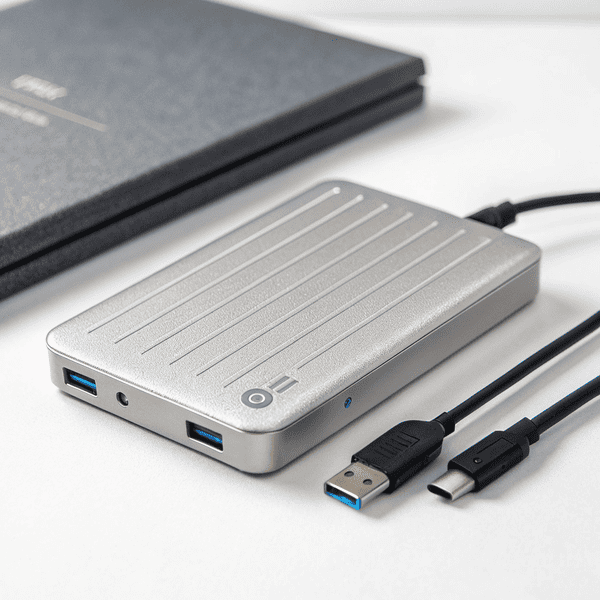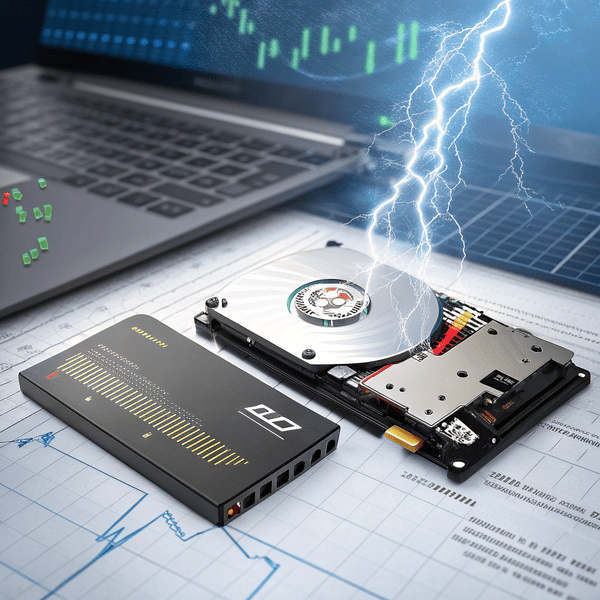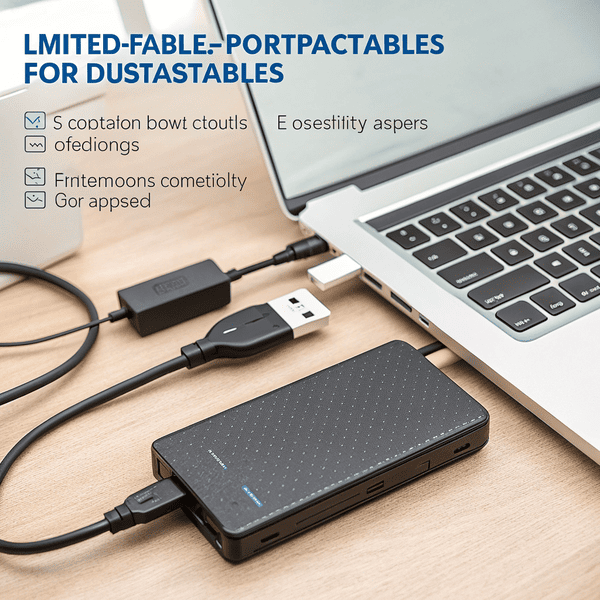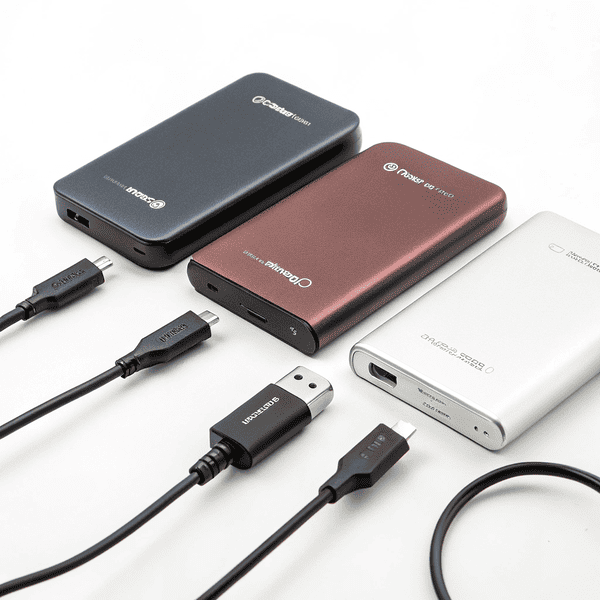Losing irreplaceable files from a Losing irreplaceable files[^1] from a failed drive is every data hoarder’s nightmare, especially as we trust SSDs for backups and archives more than ever.
[^1]: Explore this link to learn effective strategies for recovering lost files, ensuring you never lose your important data again.
is every data hoarder’s nightmare, especially as we trust SSDs for backups and archives more than ever.
SSD external hard drives are generally very reliable for everyday storage and backup, thanks to their lack of moving parts, shock resistance, and fast data access. Proper brands and safe handling further boost reliability.
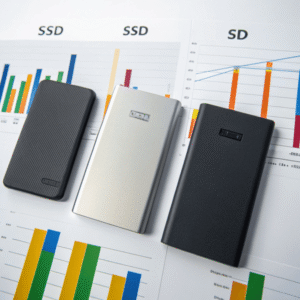
Looking through r/DataHoarder stories and from my own experience, most SSD failures happen due to user error, cheap brands, or physical abuse—not genuine hardware breakdown. But SSDs are not immune to all risks. Drive type, usage patterns, and storage conditions make a big difference. If you’re building a personal data archive, it’s vital to know both the strengths and the limits.
How reliable are SSD external hard drives?
Trusting your only copy to an unreliable SSD can mean heartbreak if disaster strikes.
Most SSD external hard drives last for many years, delivering higher reliability than traditional HDDs for portable storage. Still, choose quality brands, avoid extreme heat, and always keep backup copies for safety.

My first My first portable SSD outlasted three hard drives and shrugged off more than one fall on a factory floor. SSDs don’t have moving parts[^1], so they shrug off jolts or drops better than HDDs
[^1]: Learn about the impact of moving parts on hard drive reliability and performance, which is crucial for data storage decisions.
outlasted three hard drives and shrugged off more than one fall on a factory floor. SSDs don’t have moving parts, so they shrug off jolts or drops better than HDDs. Modern NAND has matured, and nearly all SSDs include controllers to guard against power loss or data corruption. Real-world cases from r/DataHoarder show that most data loss happens after heavy abuse, poor cables, or firmware bugs. For daily use, from design to backup, you can expect 3–7 years or much longer if handled well and paired with smart backup practices.
| Factor | SSD External Drive | HDD External Drive |
|---|---|---|
| Shock/Vibration Proof | Excellent | Poor |
| Lifespan (regular use) | 3–7+ years | 3–5 years |
| Failure Mode | Gradual, warning signs | Sudden, mechanical break |
| Data Recovery | Hard, but possible | Sometimes possible |
Which external SSD is reliable?
Picking the wrong model can turn smart backup plans into a risk you never wanted.
For reliability, Samsung T7/T9, SanDisk Extreme Pro V2, and Crucial X9 Pro get top marks among users and reviewers. These models have strong warranties and proven endurance.
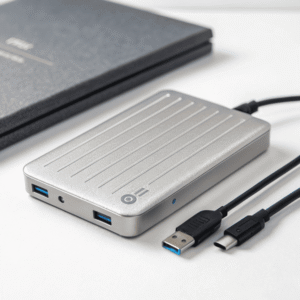
When I set upWhen I set up backup systems for both home and workshop, I always reached for models with solid reputations. The Samsung T-series[^1] rarely fails and handles heat well, which matters in production shops
[^1]: Explore this link to understand why the Samsung T-series is a reliable choice for backup systems, especially in demanding environments.
for both home and workshop, I always reached for models with solid reputations. The Samsung T-series rarely fails and handles heat well, which matters in production shops. SanDisk Extreme Pro offers both speed and water resistance—handy for offsite jobs or travel. Crucial’s X9 Pro edges out budget options with steady performance. I’ve seen these drives survive tough use, and friends in r/DataHoarder praise them for low failure rates and good warranty support. Always verify firmware updates and handle with care for best results.
| Model | Key Reliability Features | User Feedback (2025) |
|---|---|---|
| Samsung T7/T9 | Thermal guard, robust shell | “Never lost a file” |
| SanDisk Extreme Pro V2 | Water/dust resistant, AES | “Daily carry, always works” |
| Crucial X9 Pro | Good price, strong build | “Outlasted old HDDs” |
What is the lifespan of a SSD external hard drive?
Unplanned drive death ruins years of saved work—knowing real lifespan helps stop surprises.
The typical lifespan of an SSD external hard drive is 3 to 7 years, sometimes longer with moderate use and safe conditions. Write endurance and temperature can affect overall life.
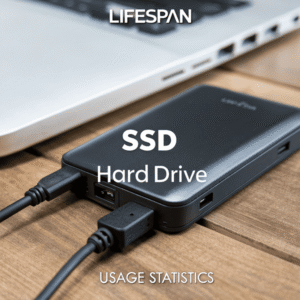
I checked old drives from my own collection and from r/DataHoarder reports—most SSDs start showing errors after about five years of solid use. Some reach a decade when only lightly used. Manufacturers rate drives byI checked old drives from my own collection and from r/DataHoarder reports—most SSDs start showing errors after about five years[^1] of solid use. Some reach a decade when only lightly used. Manufacturers rate drives by TBW (terabytes written), which means the more often you rewrite the entire drive, the sooner it will wear out
[^1]: Discover the reasons behind SSD errors over time and how to mitigate them. This knowledge can help you prolong your drive's life.
, which means the more often you rewrite the entire drive, the sooner it will wear out. However, for simple backups, family archives, or work project storage, most users never hit these limits. Keeping the drive cool, safe from physical shocks, and inside its warranty window helps stretch lifespan. Always remember: one backup is never enough. Keep at least three copies in the long run.
| SSD Condition | Expected Lifespan | Comment |
|---|---|---|
| Light home backup | 5–10 years | Rarely reaches TBW limit |
| Frequent file moves | 3–5 years | Check health every year |
| Constant video editing | 2–4 years | Replace as soon as errors start |
Conclusion
External SSDs are reliable for backup and everyday use, especially with top brands. Typical lifespan is 3–7 years—just remember to keep extra copies for maximum safety.

